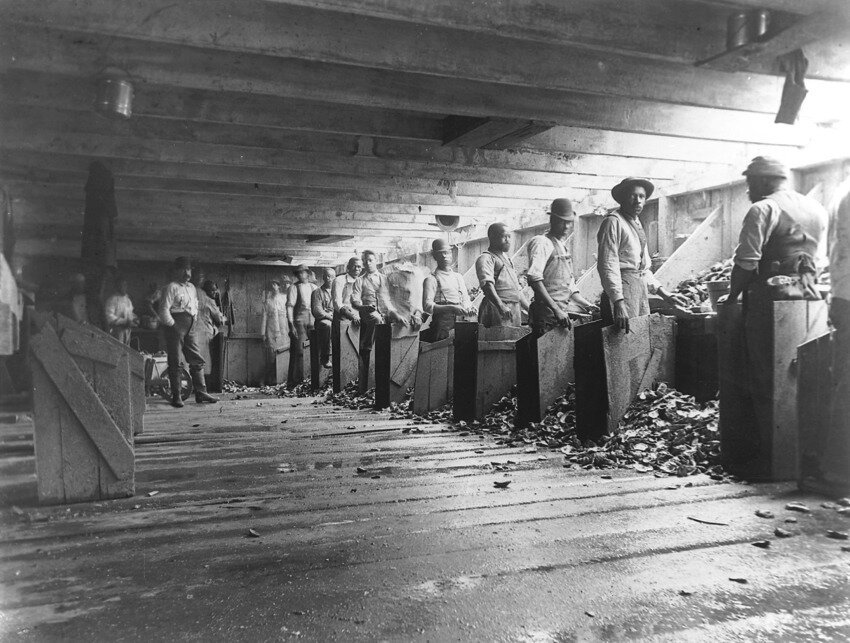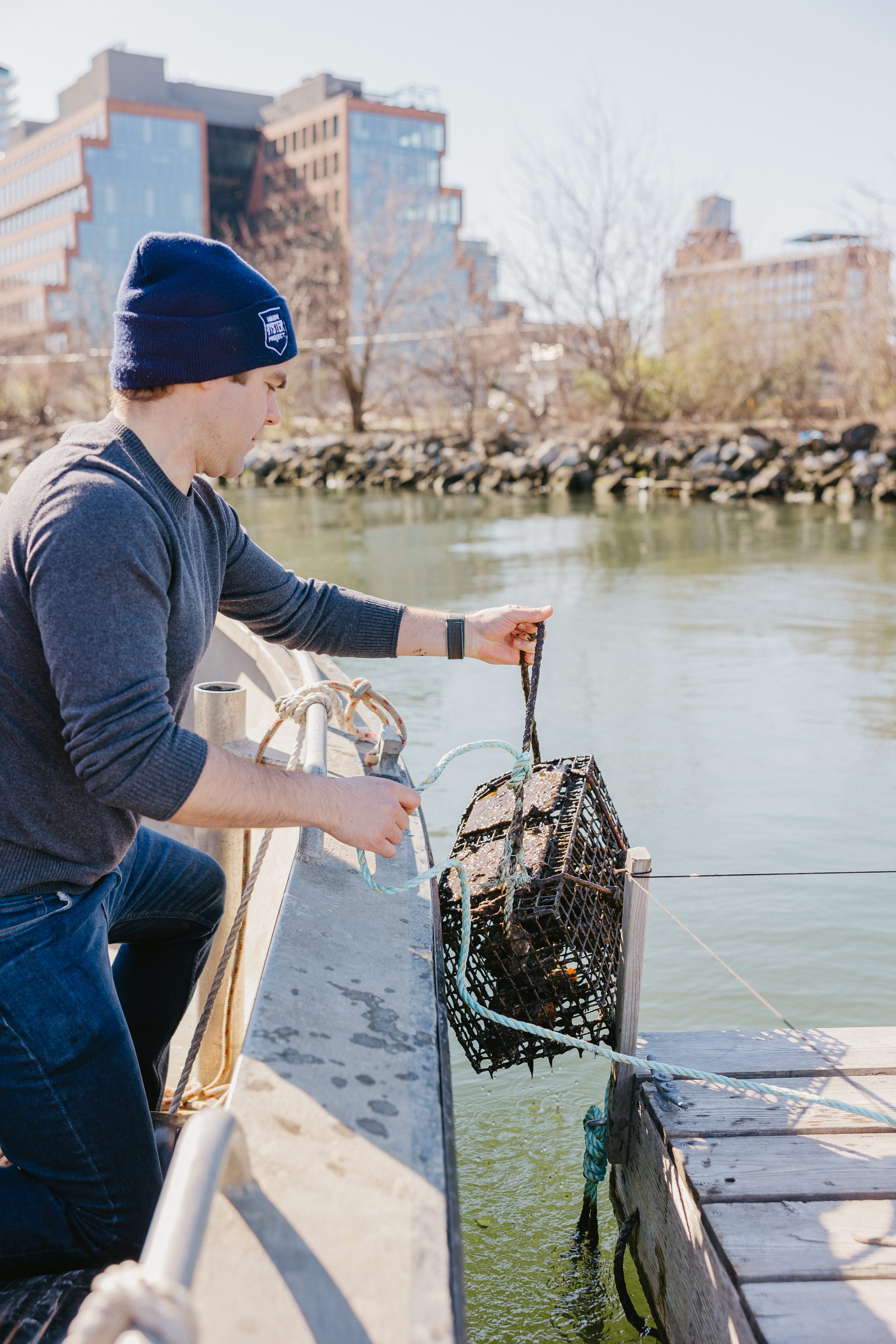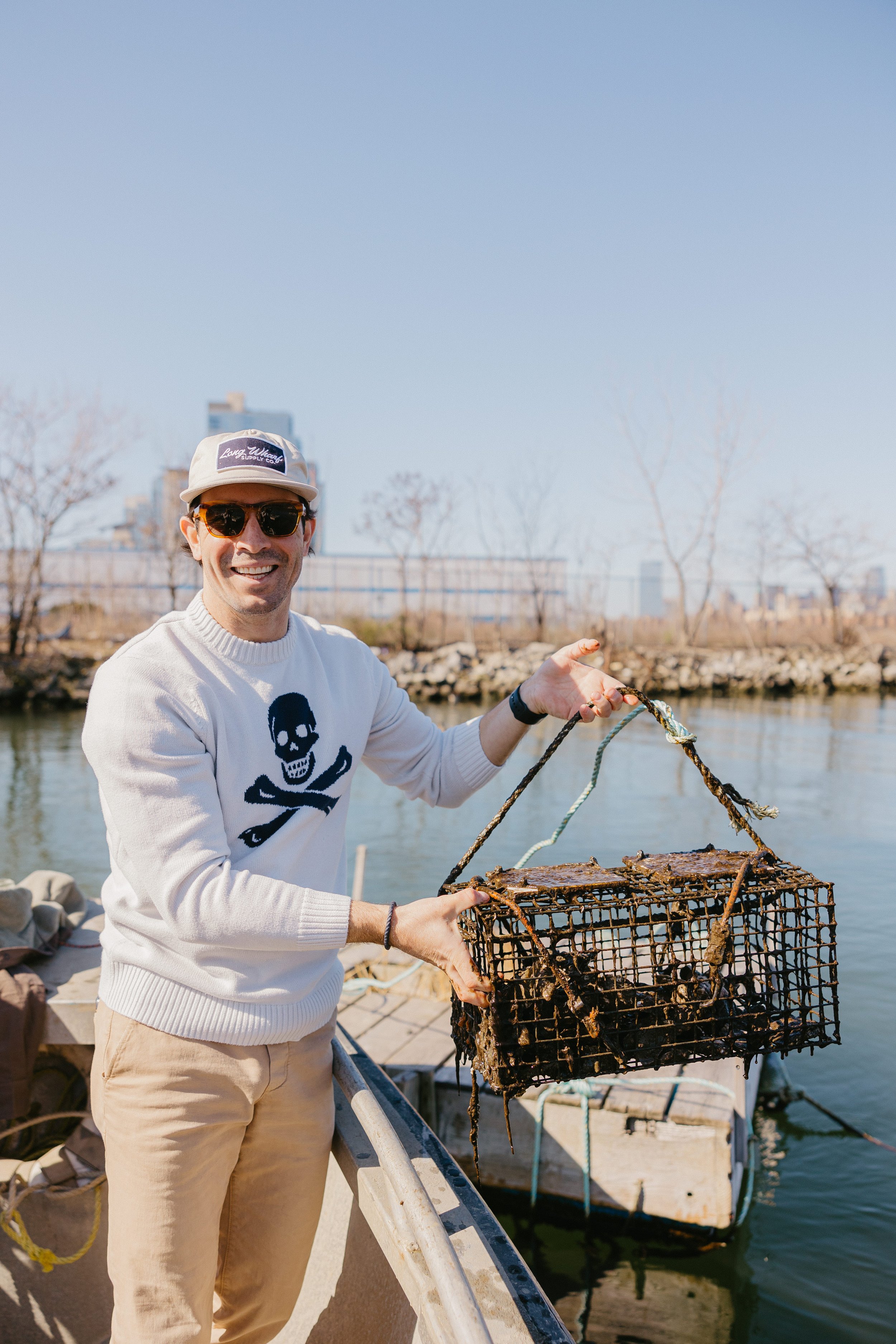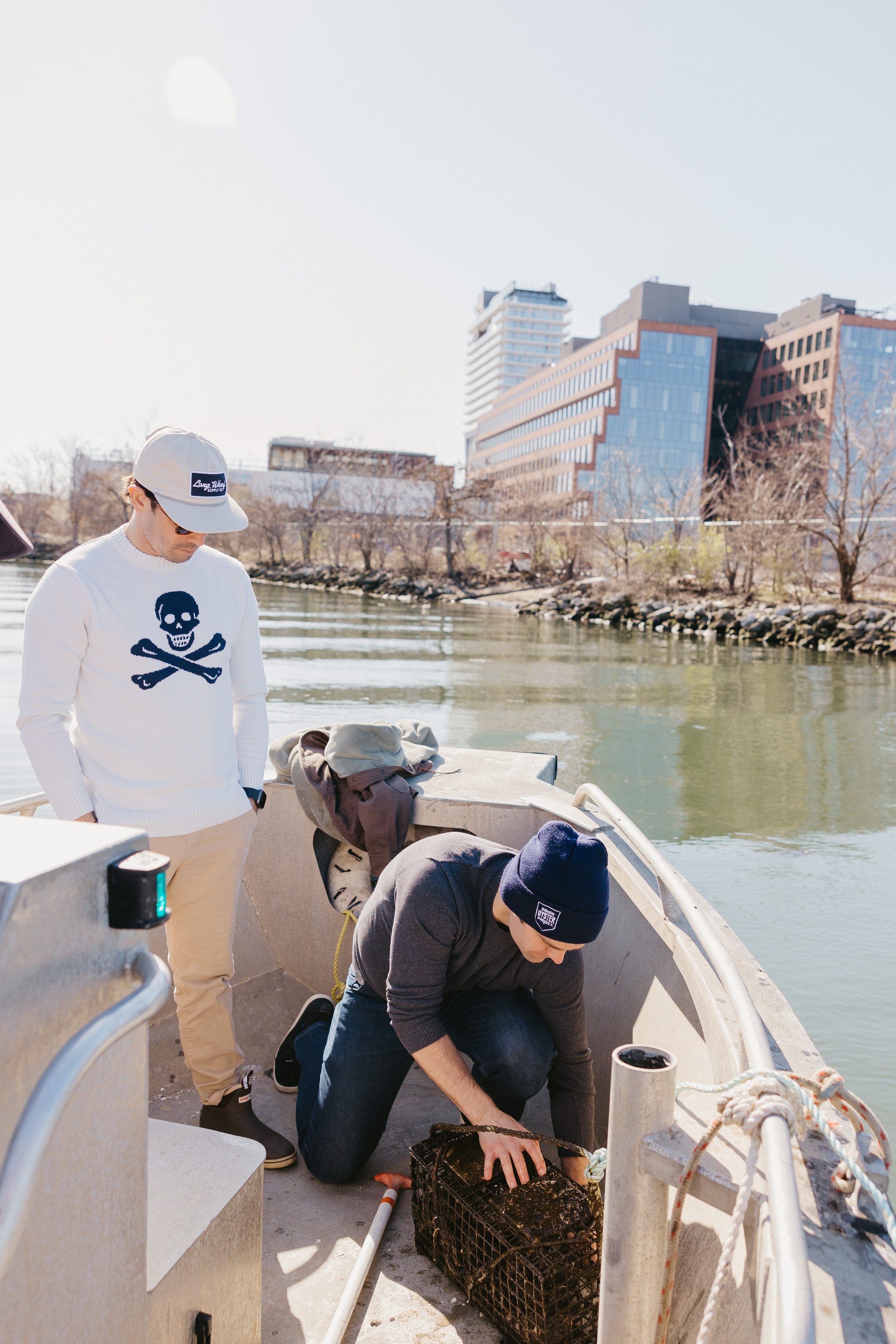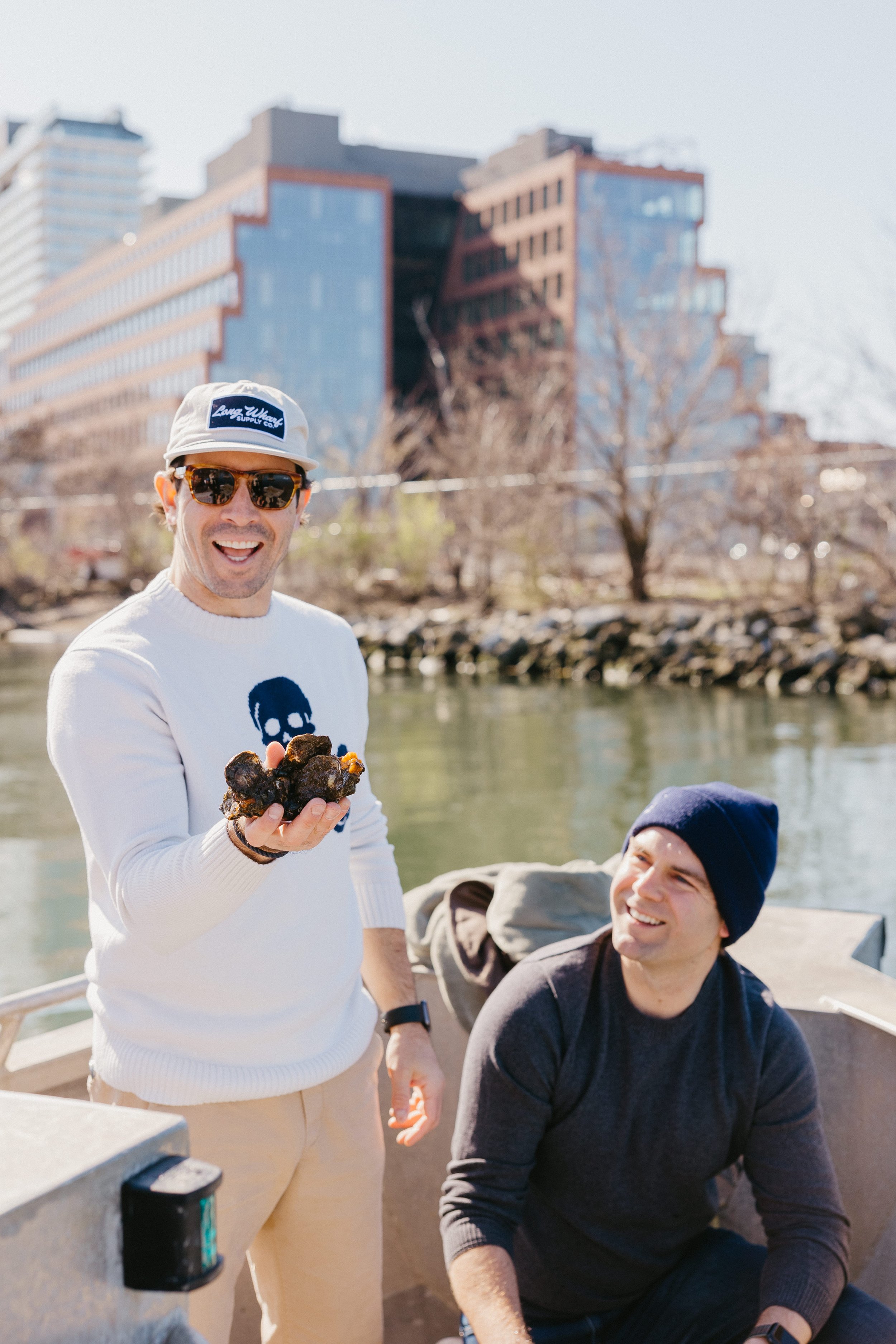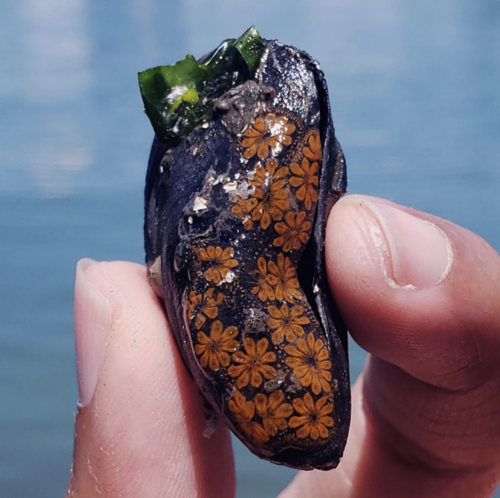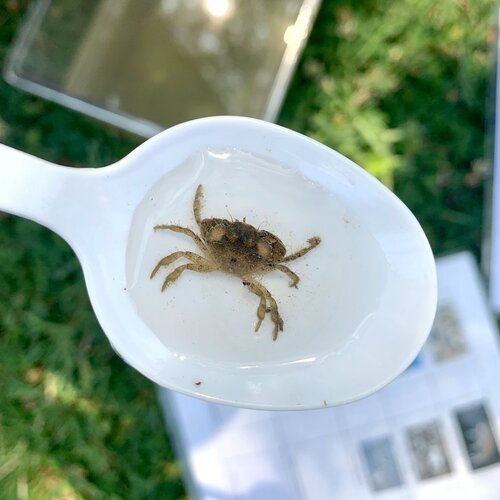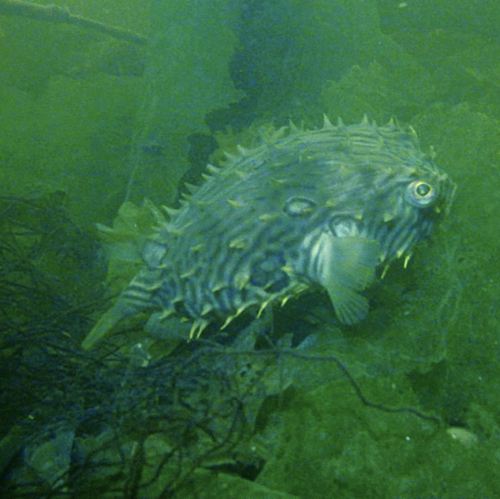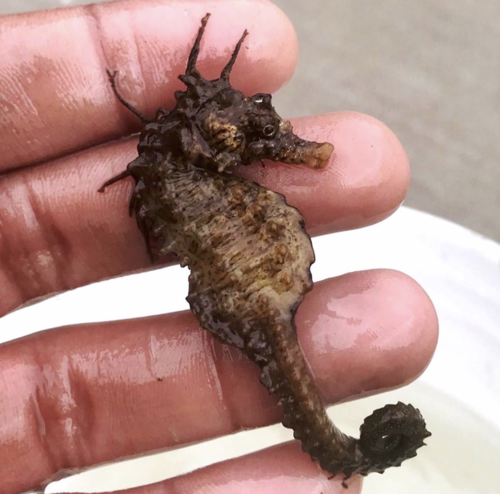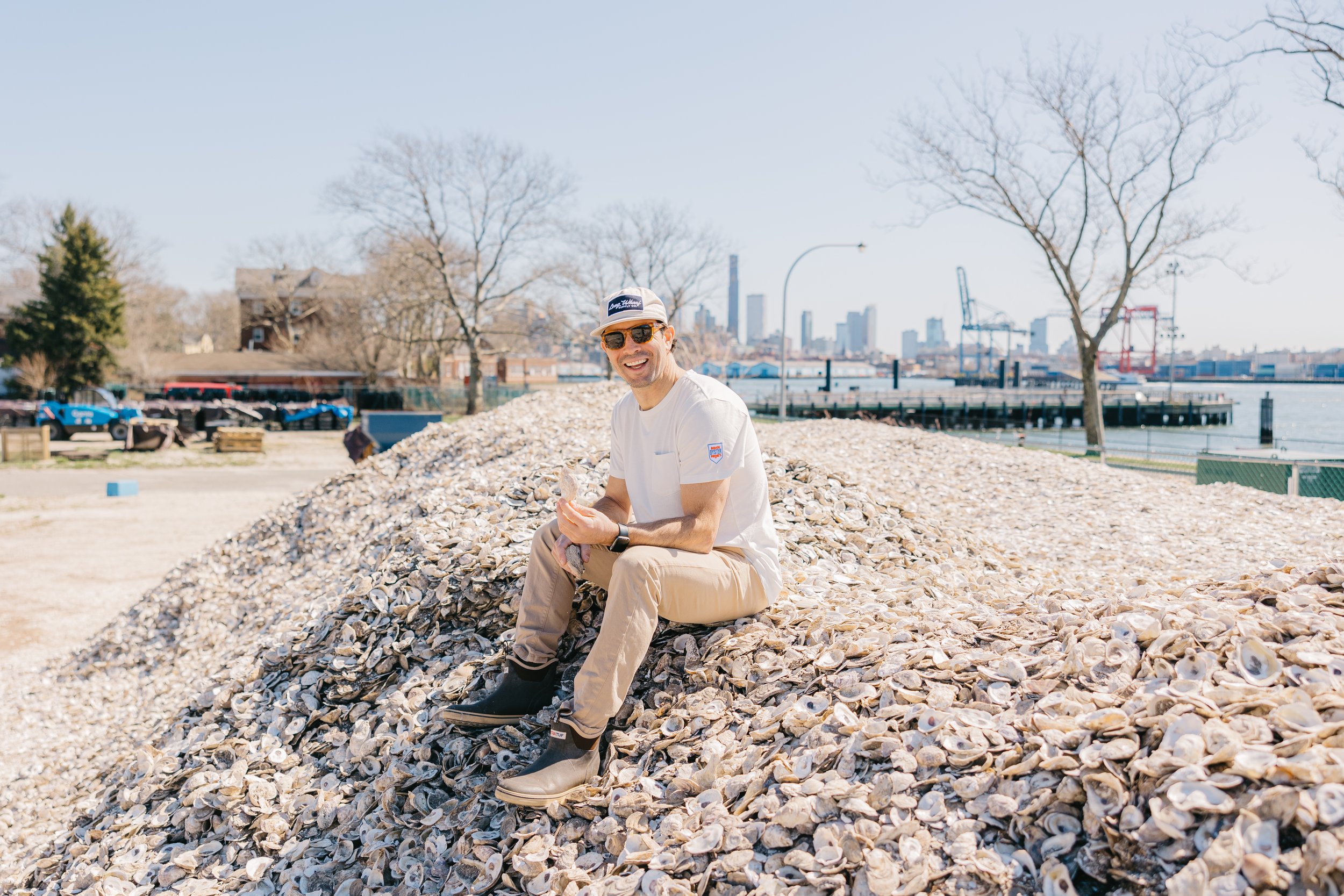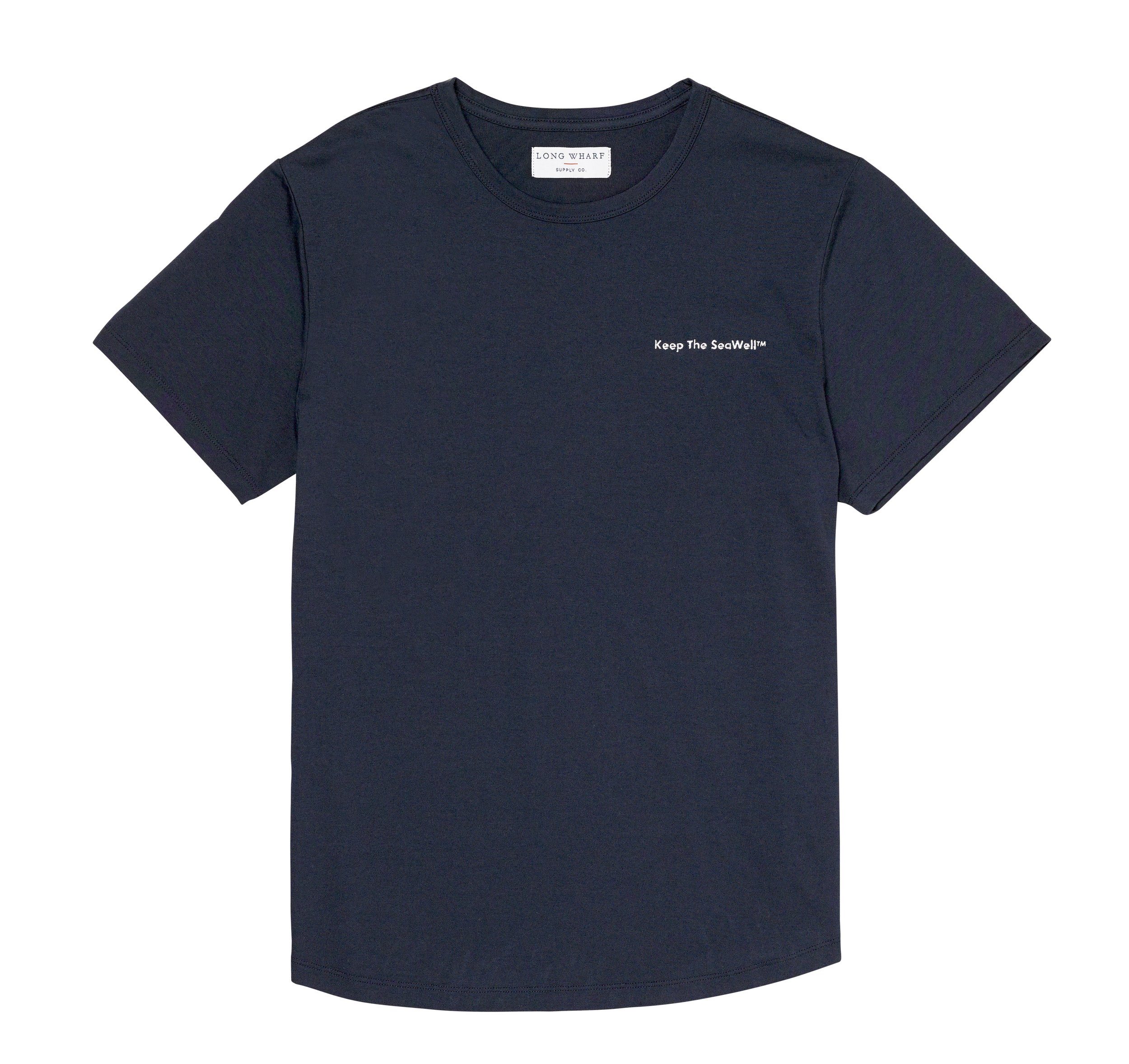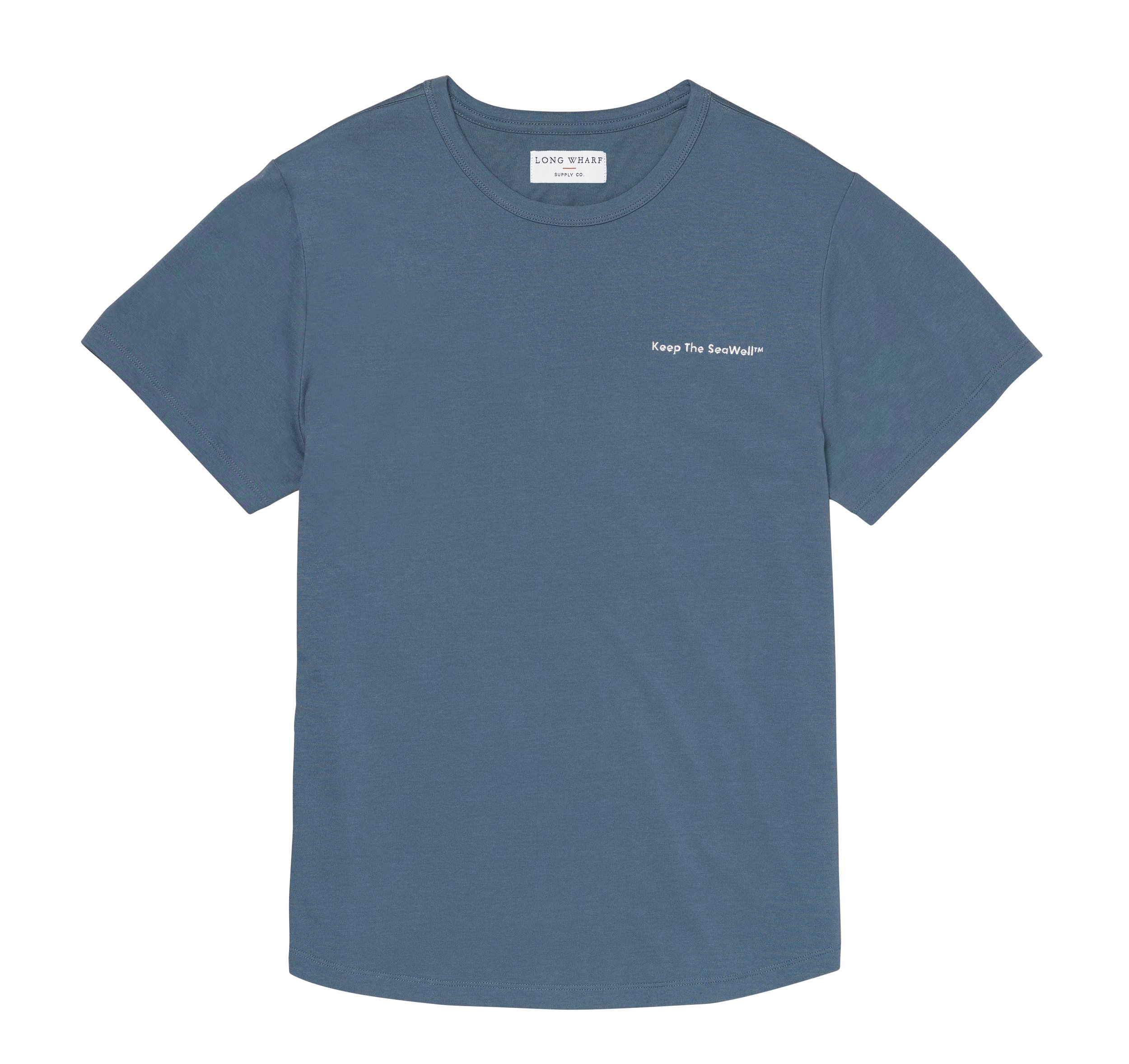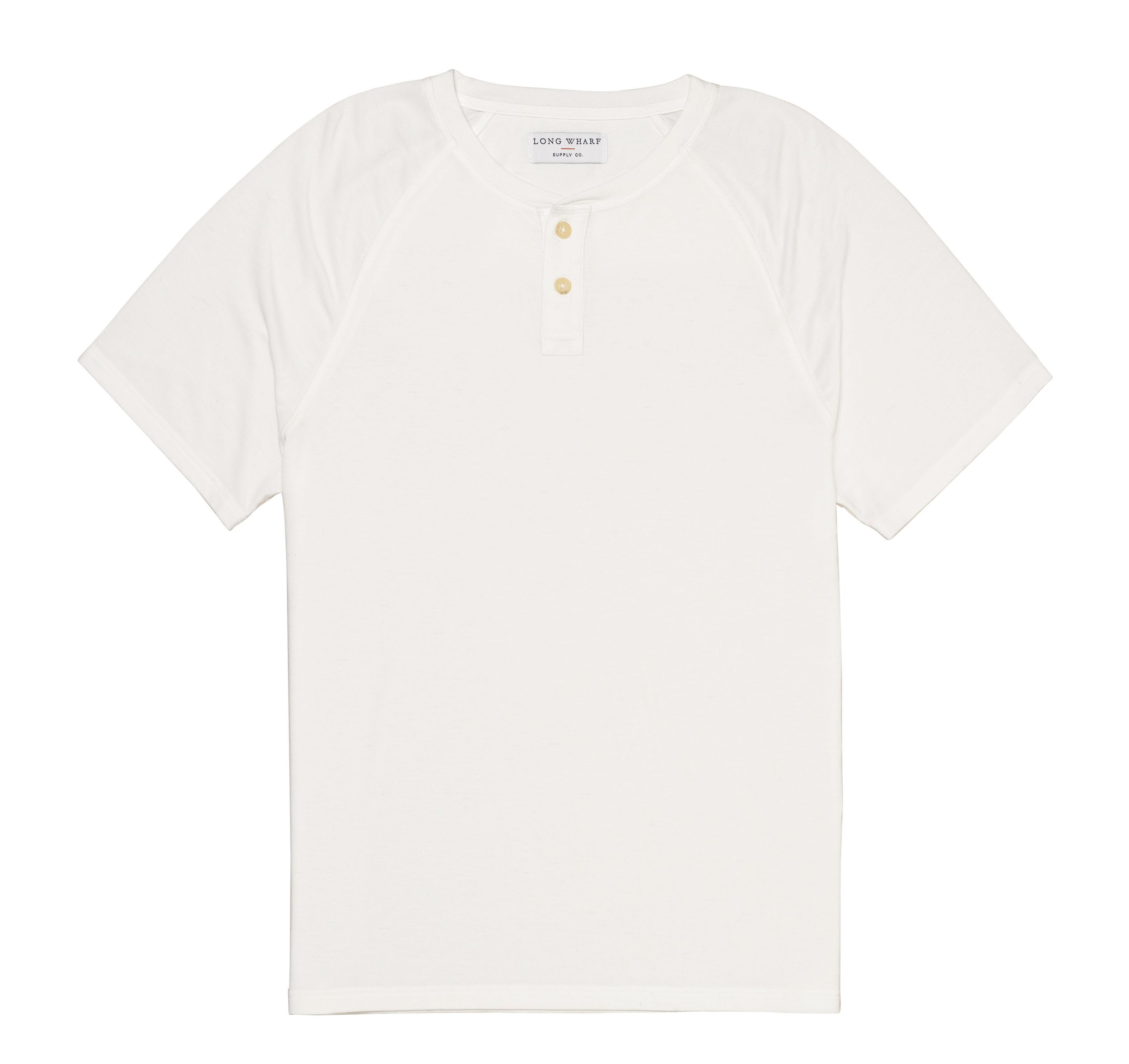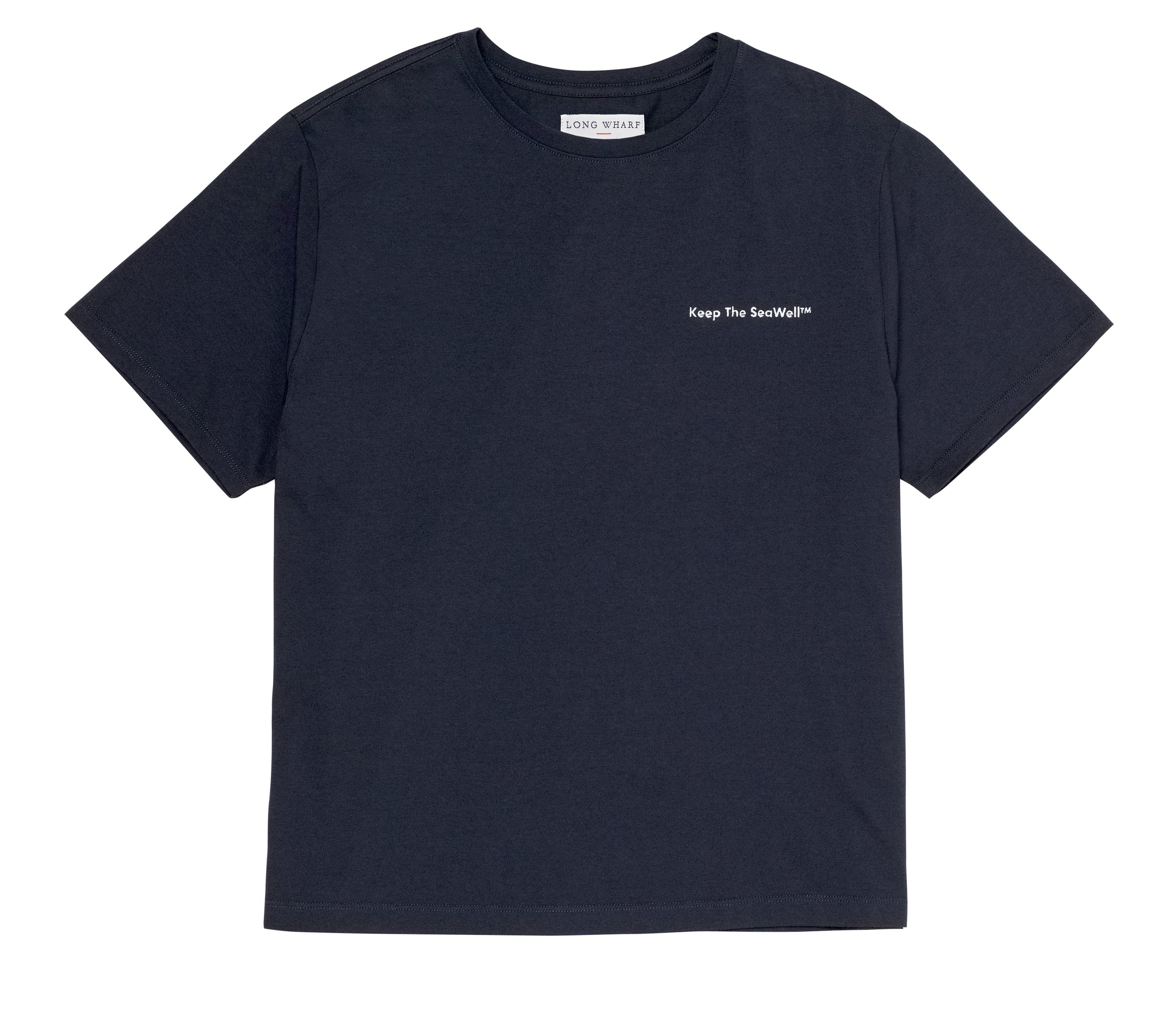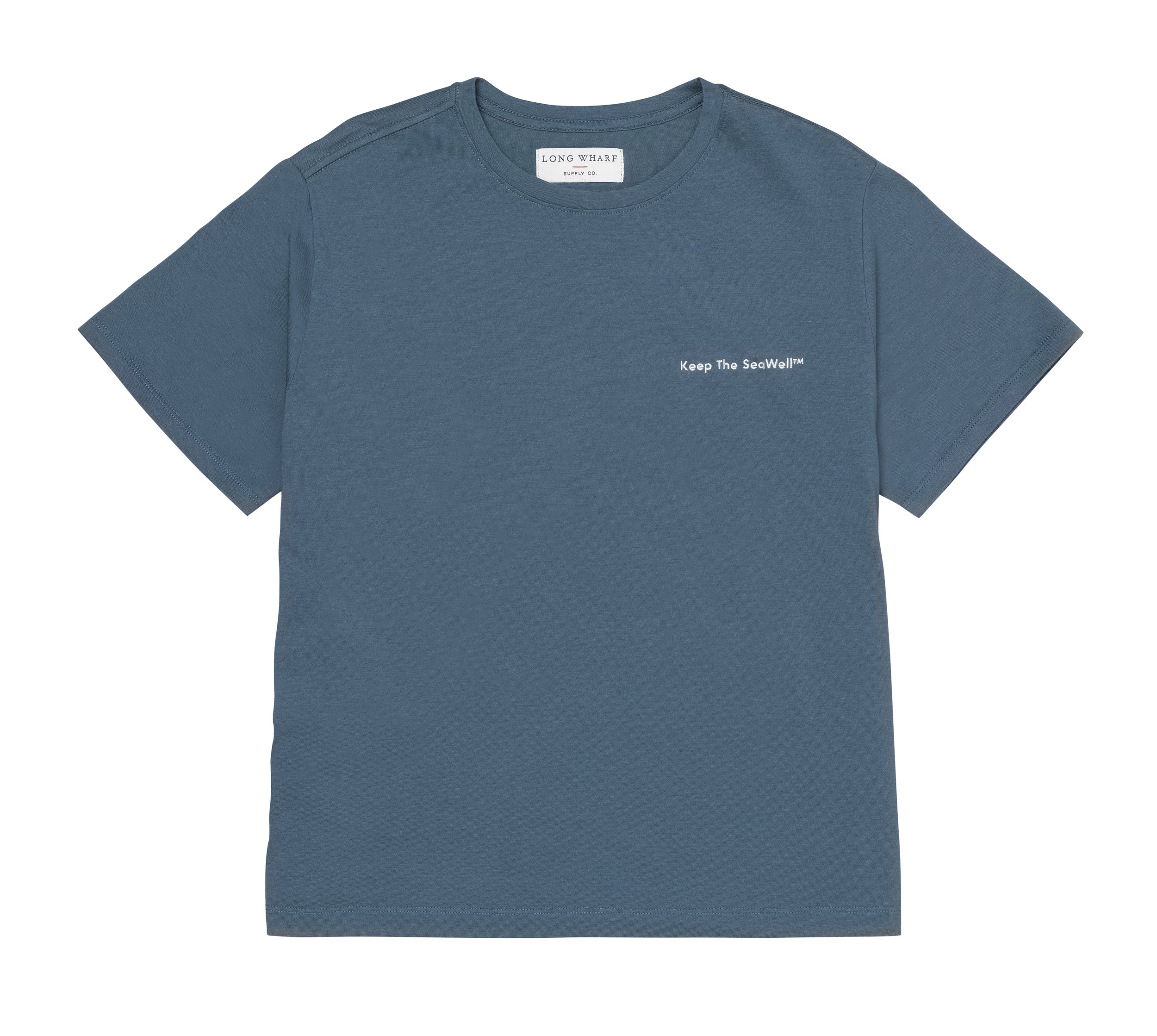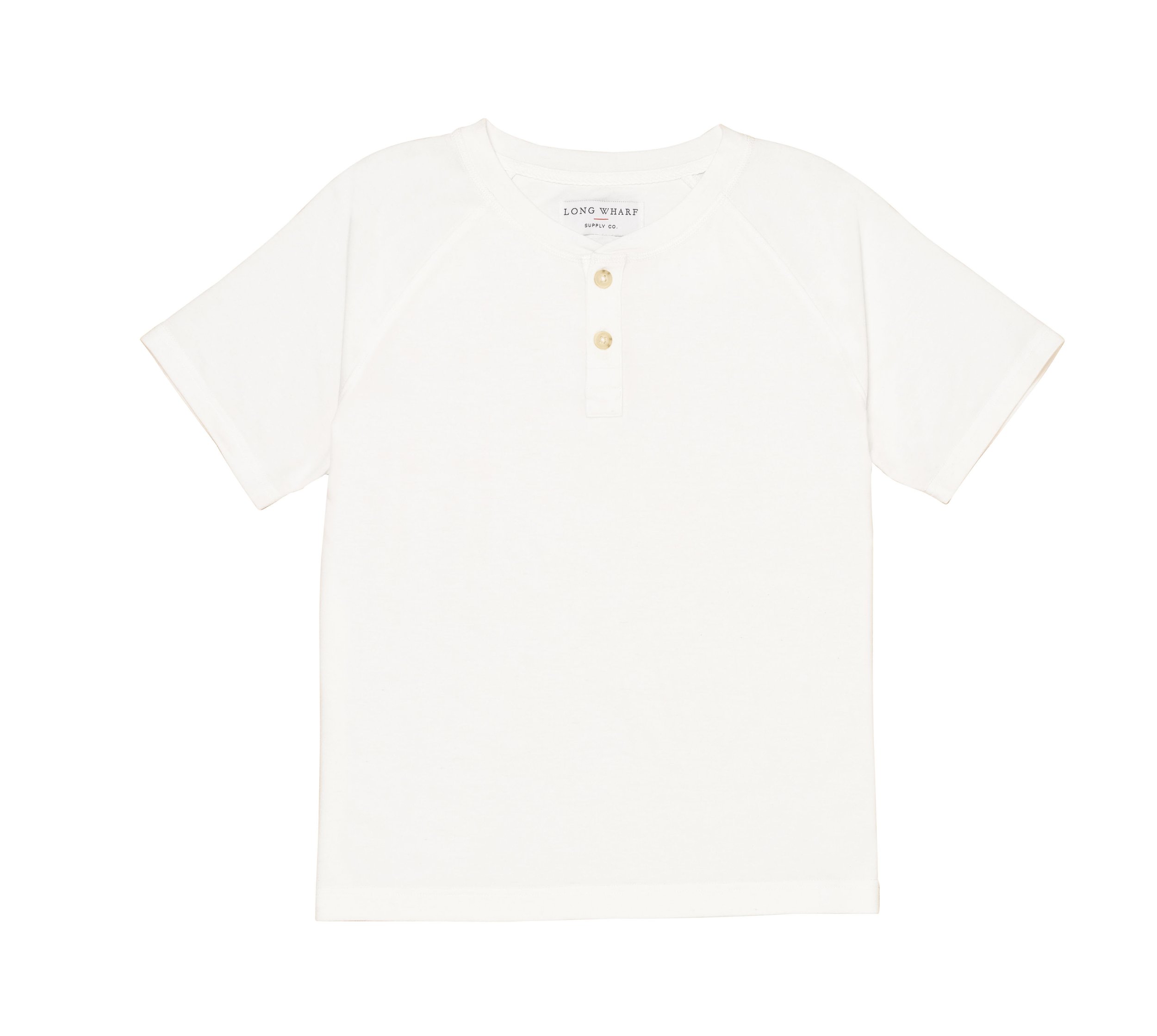New York Harbor's Billion Oyster Project
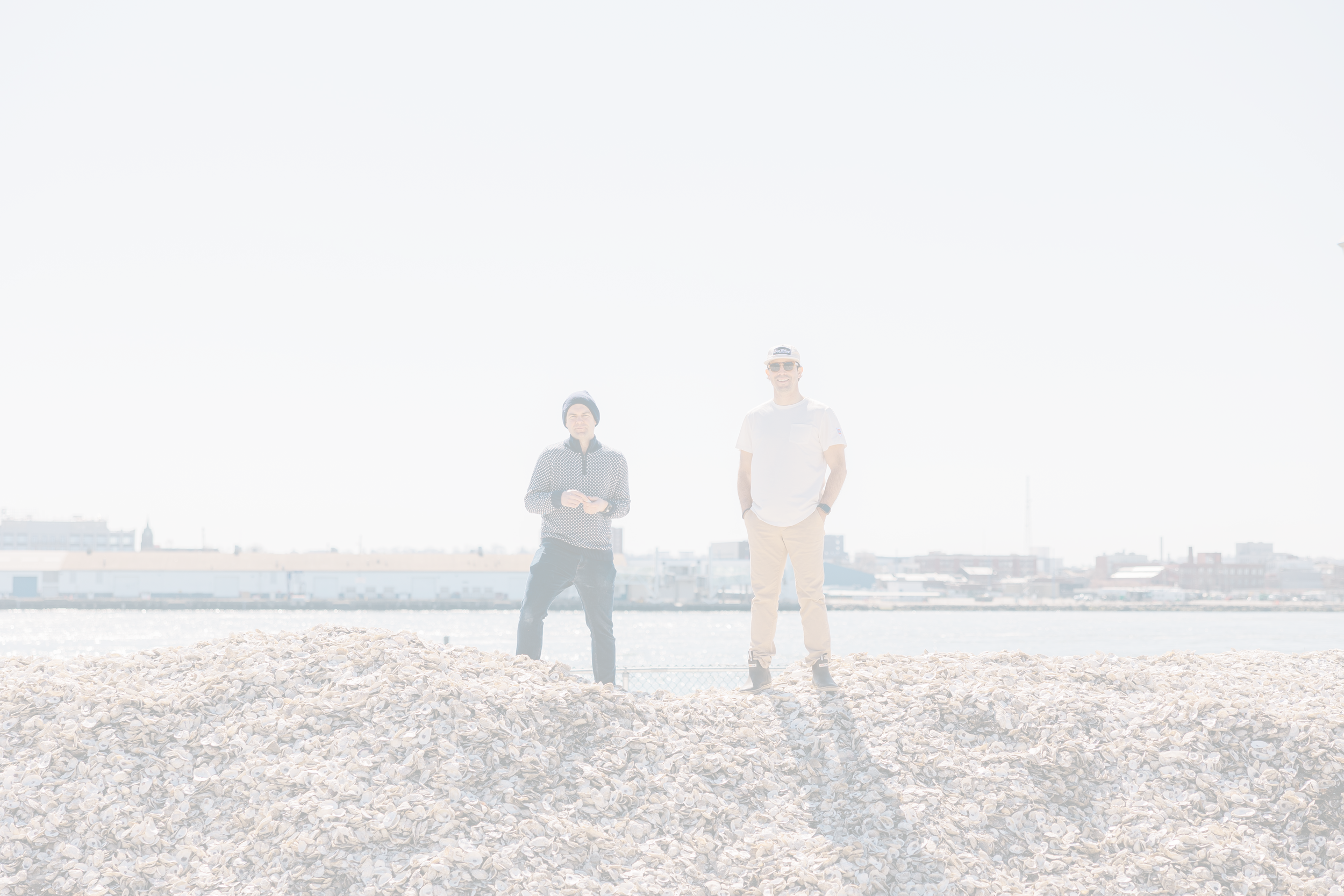
Often overlooked, New York Harbor is rarely thought of as a bustling ecosystem, but for most of the 18th century it was a hub of wildlife and home to many species of whales, seals, porpoise, fish, and over 220,000 acres of oyster reef.
It’s hard to imagine today, but there was a time when local oysters were sold by the millions here. Oyster houses and harvesting operations were often run by enterprising freed slaves or immigrants looking to create a better life for their families and visitors came from all over the world to try succulent local oysters harvested directly from the waters surrounding New York City.
It took less than 100 years for New Yorkers to wipe out the oyster population in ny harbor.
It wasn’t until the late 19th century that New York City (like most riverfront and harbor cities) began building Combined Sewer Overflow systems dumping raw untreated sewage and waste directly into the harbor wiping out most of the sea life and aquaculture that made these waters so vibrant.
Widely regarded as one of the best oyster restoration efforts on earth, the team at Billion Oyster Project aims to restore a billion oysters to NY Harbor by 2035 through public education initiatives.
Launched in 2014, BOP was founded by Murray Fisher and Pete Malinowski who had a vision for an extremely biodiverse NY Harbor once again. They found that caring for these waterways were met with energy and enthusiasm when public school students, volunteers, community scientists, and local restaurants were presented with the idea that NY Harbor could once again thrive through educational opportunities.
“The key to solving the challenges of climate change is changing human behavior, and humans aren’t going to change their behavior without a direct connection to the natural world.”
Today the program has engaged over 15,000 volunteers, 100 schools in NYC, 11,000 students, and has 80 partner restaurants across the city. BOP has restored over 100 million oysters across 15 different reef sites where the volunteers commonly run into other biodiversity like crabs, pufferfish, sea robin, sea sponges, orange sheath tunicates, and sea horses among other species. The program has witnessed several species of fish come back to the river including locally prized striped bass in addition too porpoise and even humpback whales.
BOP’s every day improvements and action items within New York Harbor are very impressive, but they will be the first to tell you that it’s the result of helping New Yorkers understand why they should care about their harbor that is so important. Oyster reefs are the foundation of our inshore ecosystems where they house many small species that make up the bottom of the food chain, each healthy adult oyster is a natural filter feeder with the ability to filter up to 50 gallons a day, and reefs can protect against storm surge by acting as natural barriers to break up incoming wave activity.
Billion Oyster Project is restoring oyster reefs to New York Harbor through public education initiatives.
In addition to championing education initiatives, BOP acts as stewards of shifting mindsets and people’s connection to their natural surroundings. Their shell collection program is an essential ingredient in achieving their goals. Instead of shucking succulent oysters and tossing the shells away to rot in a landfill, BOP has partnered with over 80 restaurants in the city to collect shell, house it on Governor’s Island, and put it back in the water as structure on which their baby oysters can grow.
The program has successfully collected over 2 million pounds of oyster shell and is one of the most impressive recycling operations we’ve ever seen.
We recently visited to see the entire operation for ourselves. Pete and Brian were kind enough to let us hop aboard one of the BOP work boats, cruise throughout the East River, show us our first NY Harbor oysters, and give us a little tour of the shell pile.
Oyster reefs provide habitat for hundreds of species, and can protect NYC from storm damage — softening the blow of large waves, reducing flooding, and preventing erosion along the shorelines.
A huge thank you goes out to Pete, Brian, and the entire BOP team for pioneering the vision of helping to improve inshore waterways through both education and oyster restoration efforts!
100 million oysters restored
2 million pounds of shell recycled
11,000 students engaged
We couldn’t be more excited to support an action and education-oriented crew like our friends at Billion Oyster Project and we will officially launch our first SeaWell™ T-shirts in May 2023 to support a small part of their world-class program.



